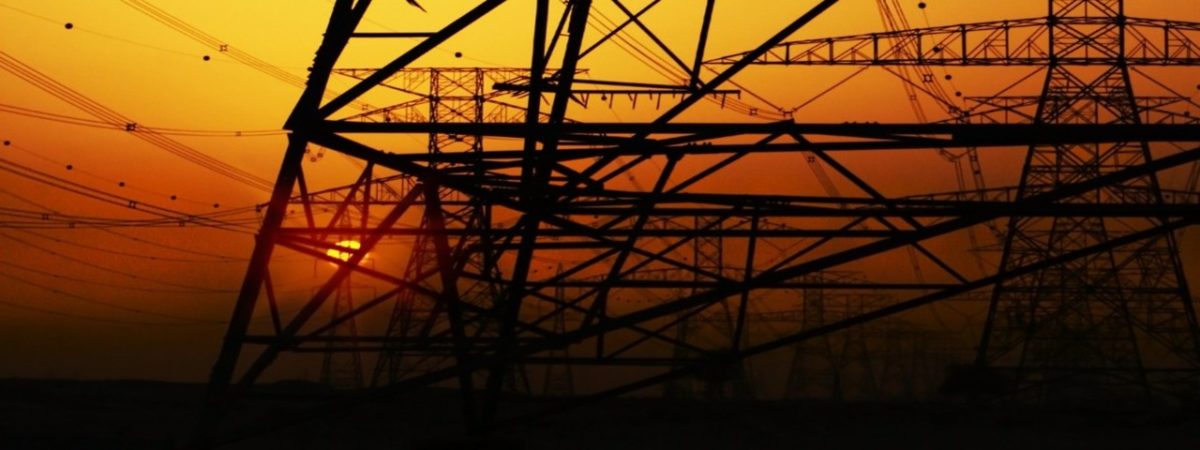Paul Withrington, R.I.P.
SUGGESTED



Paul’s key insight was that railway lines were often an inefficient use of transport corridors. Rail routes could typically carry far more passengers and freight if they were concreted over. The nature of their re-purposing would depend on the location and ideally a market discovery process. In the big cities, they might become high-capacity busways during peak hours. Shorter braking distances compared with heavy rail meant that a greater number of passengers could travel along a single track/lane.
A conservative estimate of 600 buses per hour, with 50 seated passengers on each, gives a throughput of 30,000 people – similar to high-capacity subway systems but at far lower cost. And relatively simple new technology could reduce the gaps between vehicles much further, indeed beyond plausible demand levels for any route in the UK. Importantly, Paul explained, the buses would be able to use the existing road network both before and after using the converted track-bed, eliminating much of the inconvenience and delay of having to travel significant distances to and from railway stations.
Several developing countries understood the benefits of achieving Tube-style capacity on the cheap. The busway networks of Bogota, Canton, Curitiba and Istanbul suggested the logic was sound, as did the Lincoln Tunnel’s Express Bus Lane in New York City. And these case studies did not enjoy the full benefits of redeploying rail paths that were fully separated from the existing road network.
In rural areas, smaller towns, and in big cities at off-peak times, buses might make far less sense due to insufficient passenger demand. The converted railways could then be used for conventional road traffic, but with the routes managed and indeed priced, Paul suggested, to prevent congestion. As well as much faster journeys, this promised to take heavy traffic away from overcrowded, stop-start residential roads and urban high streets, bringing major environmental benefits too.
Paul founded the think tank Transport Watch in 1994 in order to conduct, publish and publicise research into these ideas. The organisation expanded on the work of the Railway Conversion League. Drawing on his long career in engineering, transport planning and academia, Paul conducted rigorous statistical analyses on the comparative efficiency of rail and road.
His work attracted the attention of the Institute of Economic Affairs, which published Paul’s articles in the journal Economic Affairs, as well as on the IEA blog. With the support of Lord Vinson, the IEA later created a dedicated transport unit, and in 2015 we co-wrote a comprehensive report based on Paul’s ideas, Paving Over the Tracks: A Better Use of Britain’s Railways? It was a big success in terms of media coverage, with stories in the national newspapers and plenty of TV and radio interest. The editorial column of The Times praised the report for its innovative thinking. But it was ignored by the politicians. The hold of the rail lobby was too strong.
Paul also became a familiar face on the transport conference circuit. Despite his expertise, the organisers did not invite him to give presentations – after all, they depended on sponsorship by the rail industry. But he did get the opportunity to challenge ministers and officials during the Q&A sessions. He managed to bypass the gatekeepers again by publishing full-page adverts setting out the case for railway conversion in magazines such as the New Statesmen, Private Eye and The Week. He also found an outlet through his long and frequent letters to Local Transport Today, a rare example of a transport publication tolerant of open debate.
More recently, Paul focused on opposing High Speed 2, which he memorably described as “a fraud upon the nation”. In his transport planning days, part of his job was giving evidence at public enquiries into major road schemes. This mastery of detail was now deployed to analyse HS2. He contacted officials to try to get to the bottom of the project’s dubious cost-benefit analysis. But in the end, he had to back-engineer the calculations to uncover the assumptions behind them. It turned out that as HS2 costs ballooned, the government had adjusted upwards its forecasts of high-value business travel on the line, thus inflating the benefit-cost ratio. He shared his findings by submitting evidence to parliamentary inquiries, but their technical nature was not conducive to media interest.
Inevitably Paul’s research and campaigning activity attracted the ire of the rail lobby and its army of internet trolls. Rather than engaging with the arguments and debating them, they hurled abuse and tried to smear his character. But Paul shrugged off the nasty attacks with his characteristic good humour.
Transport policy headed in what Paul thought was the wrong direction from the mid-1990s onwards, with massive rail spending central to successive governments’ approach. Paul consoled himself with the knowledge that this policy would eventually collapse under the weight of its own contradictions – not just rail’s high cost base and inflexibility, but also its fundamental impracticality outside big cities and densely populated corridors. Despite ministers’ rhetoric, it was never likely to carry more than a small percentage of passenger and freight traffic, with attempts to expand beyond this facing a cliff of diminishing returns.
The railway’s finances were indeed already in trouble before Covid-19 hit. The big increases in Network Rail debt, which effectively hid the true level of subsidy, had begun to raise major concerns at the Treasury. Paul lived to see the shift to working from home and virtual business meetings – and its disproportionately negative effect on rail travel compared with road.
If these changes are permanent, even for quite a small fraction of the workforce, it could be catastrophic for the rail industry. A combination of high fixed costs and a significant fall in fare revenue could coincide with a government debt crisis in which subsidy increases face strong resistance. If railways become unaffordable, Paul’s ideas may finally get the attention they deserve.




